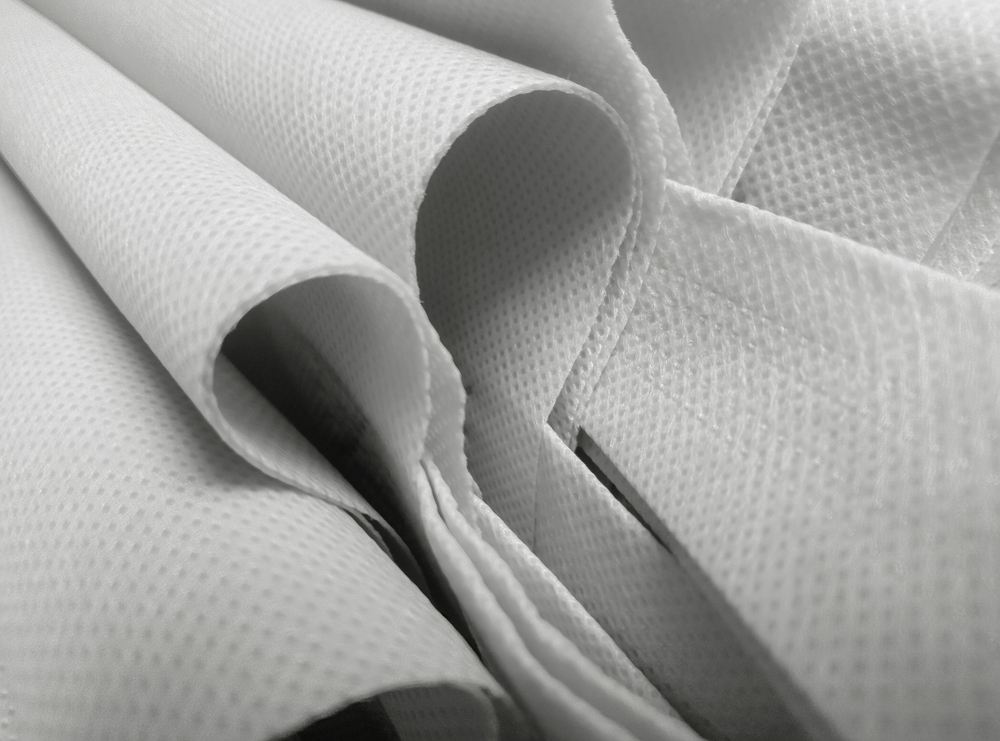The apparel industry thrives on precision, quality, and innovation, making fusible interlining suppliers pivotal in supporting apparel manufacturers. Fusible interlining is a fundamental component in garment construction, providing structure, durability, and aesthetic appeal to various clothing items. However, beyond the technical functionality of fusible interlining lies the essential collaborative partnership between suppliers and manufacturers.
This blog explores how these partnerships contribute to the success of apparel manufacturers, emphasizing supply chain efficiency, innovation, quality assurance, sustainability, and mutual growth.
The Role of Fusible Interlining in Apparel Manufacturing
1) Enhancing Garment Structure
Fusible interlining provides the necessary stiffness or reinforcement for collars, cuffs, plackets, and waistbands, ensuring garments retain shape over time.
2) Improving Aesthetic Appeal
It helps create smooth, wrinkle-free finishes and enhances the drape of fabrics, contributing to a polished and professional look.
3) Supporting Functionality
Fusible interlining improves the durability of garments by reinforcing areas prone to wear and tear.
4) Diverse Applications
From lightweight dresses to structured suits, fusible interlining is used across various clothing types, demonstrating versatility.
Building Collaborative Partnerships
1) Understanding Manufacturer Needs
Suppliers work closely with apparel manufacturers to understand specific requirements, such as fabric type, garment design, and desired performance.
2) Customization and Innovation
Suppliers often develop tailored interlining solutions to meet unique challenges, such as designing lightweight interlinings for delicate fabrics or creating heat-resistant options for industrial applications.
3) Ensuring Consistency and Quality
Consistency in the performance of fusible interlining is vital. Collaborative partnerships focus on maintaining high-quality standards to prevent delamination or uneven adhesion.
4) Reliable Supply Chains
Strong partnerships ensure the timely delivery of interlining materials, reducing production delays and supporting manufacturers in meeting market demands.
Key Ways Fusible Interlining Suppliers Support Apparel Manufacturers
1) Technical Expertise
Suppliers offer in-depth knowledge about fusible interlining properties, helping manufacturers choose the right materials for their garments.
- Adhesive Compatibility: Advising on adhesive types suitable for specific fabric compositions.
- Thermal Properties: Providing guidance on the right temperature and pressure settings for fusing processes.
2) Research and Development (R&D)
Suppliers invest in R&D to stay competitive and create innovative, interlining products that align with evolving fashion trends and technical requirements. Examples include stretchable interlinings for activewear and sustainable options for eco-conscious brands.
3) Quality Testing and Certification
Suppliers conduct rigorous testing to ensure interlining materials meet global standards, offering certifications such as OEKO-TEX®, ISO, and GRS (Global Recycled Standard) for eco-friendly options.
4) Training and Support
Many suppliers train manufacturers’ teams on best practices for using fusible interlining, including fusing techniques and troubleshooting.
Innovation and Sustainability in Fusible Interlining
1) Sustainable Materials
- Organic and Recycled Fibers: Many suppliers now offer interlinings made from organic cotton or recycled polyester, catering to the growing demand for sustainable fashion.
- Biodegradable Options: Interlinings designed to decompose after disposal align with circular economy models.
2) Advanced Adhesive Technologies
Innovations such as low-melt and pressure-sensitive adhesives reduce energy consumption and improve fusing efficiency.
3) Lightweight and Stretchable Interlinings
Suppliers are developing interlinings that maintain structural integrity while accommodating modern fashion trends like lightweight garments and stretchable fabrics.
Case Studies: Successful Collaborations
1. Brand A and Supplier X
- Challenge: A luxury fashion brand required interlining for a new line of evening gowns that combined delicate silk with intricate embellishments.
- Solution: Supplier X developed a lightweight fusible interlining that provided support without compromising the fabric’s flow and appearance.
- Outcome: The gowns gained acclaim for their flawless design and comfort.
2. Manufacturer B and Supplier Y
- Challenge: A sportswear manufacturer needed stretchable interlining for activewear.
- Solution: Supplier Y delivered a custom interlining with enhanced elasticity and moisture resistance.
- Outcome: The activewear line performed exceptionally well in global markets.
The Importance of Supply Chain Efficiency
1) Just-In-Time Delivery
Collaborative partnerships enable suppliers to deliver materials as needed, reducing storage costs and meeting production timelines.
2) Flexibility in Demand Fluctuations
Strong relationships allow suppliers to adjust production and delivery schedules to match changes in demand.
3) Digital Supply Chain Management
Technologies such as blockchain and IoT (Internet of Things) improve transparency and traceability, fostering trust between suppliers and manufacturers.
Overcoming Challenges in Partnerships
1) Communication Barriers
Clear and consistent communication prevents product specifications, timelines, or misunderstandings regarding quality requirements.
2) Price Volatility
Suppliers and manufacturers must navigate fluctuating raw material costs, often by negotiating long-term contracts.
3) Geopolitical Issues
Global partnerships may face challenges due to tariffs, trade restrictions, or political instability. Diversifying suppliers and adopting risk management strategies can mitigate these risks.
Future Trends in Fusible Interlining Collaboration
1) AI-Driven Material Selection
Artificial intelligence analyses fabric properties and recommends the most suitable interlining materials.
2) Sustainable Practices
Partnerships will increasingly focus on sustainability, from using eco-friendly materials to minimizing waste in production.
3) Smart Textiles
Integrating sensors into interlinings will open new possibilities, such as temperature regulation in garments or tracking garment usage.
4) Enhanced Customization
Advancements in manufacturing will allow for even greater customization, enabling suppliers to produce interlining tailored to particular design and performance needs.
Building Long-Term Partnerships
1) Mutual Trust and Transparency
Open communication and honesty about challenges and expectations strengthen supplier-manufacturer relationships.
2) Shared Goals
Aligning objectives, such as sustainability targets or market expansion, fosters collaboration and innovation.
3) Continuous Feedback Loops
Regular feedback sessions help both parties refine their processes and products, ensuring ongoing improvement.
Collaborative partnerships between fusible interlining suppliers and apparel manufacturers are the backbone of the global fashion industry. These partnerships go beyond transactions involving shared innovation, commitment to quality, and a mutual focus on sustainability.
As the industry evolves, the importance of these partnerships will only grow, ensuring that apparel manufacturers can continue to meet the dynamic demands of consumers while pushing the boundaries of design and functionality. Through collaboration, suppliers and manufacturers can build a future marked by efficiency, creativity, and environmental responsibility.


Leave a Reply